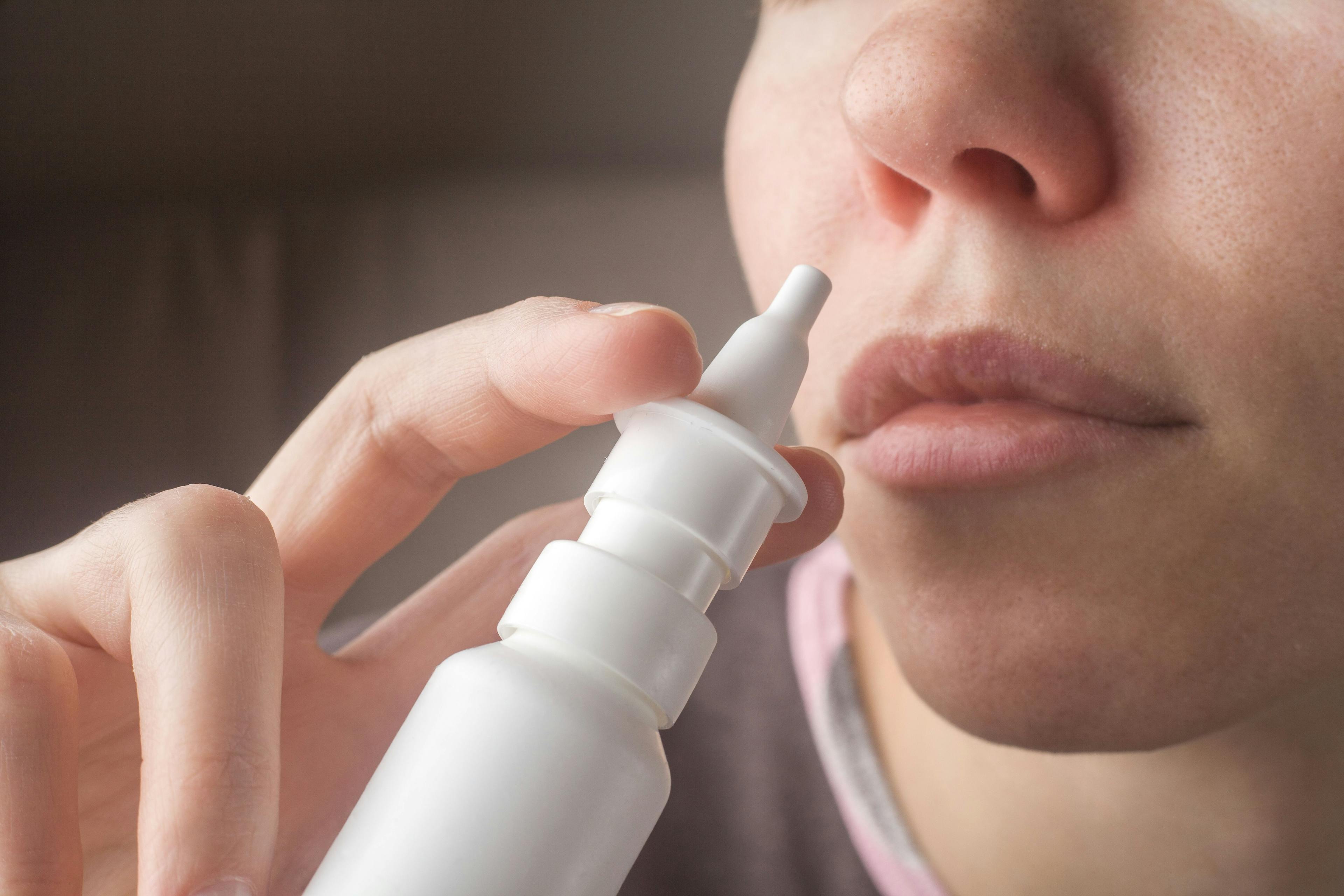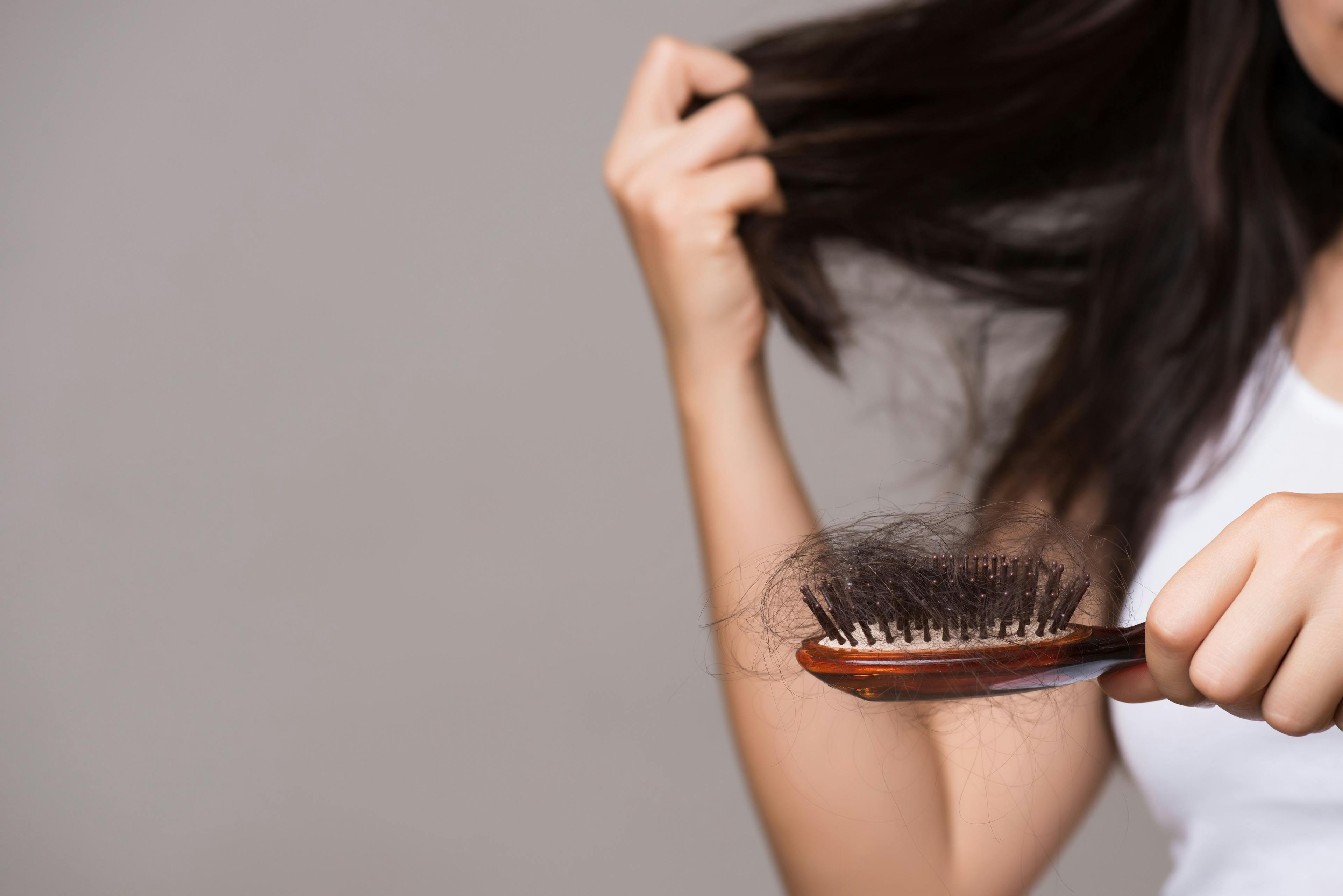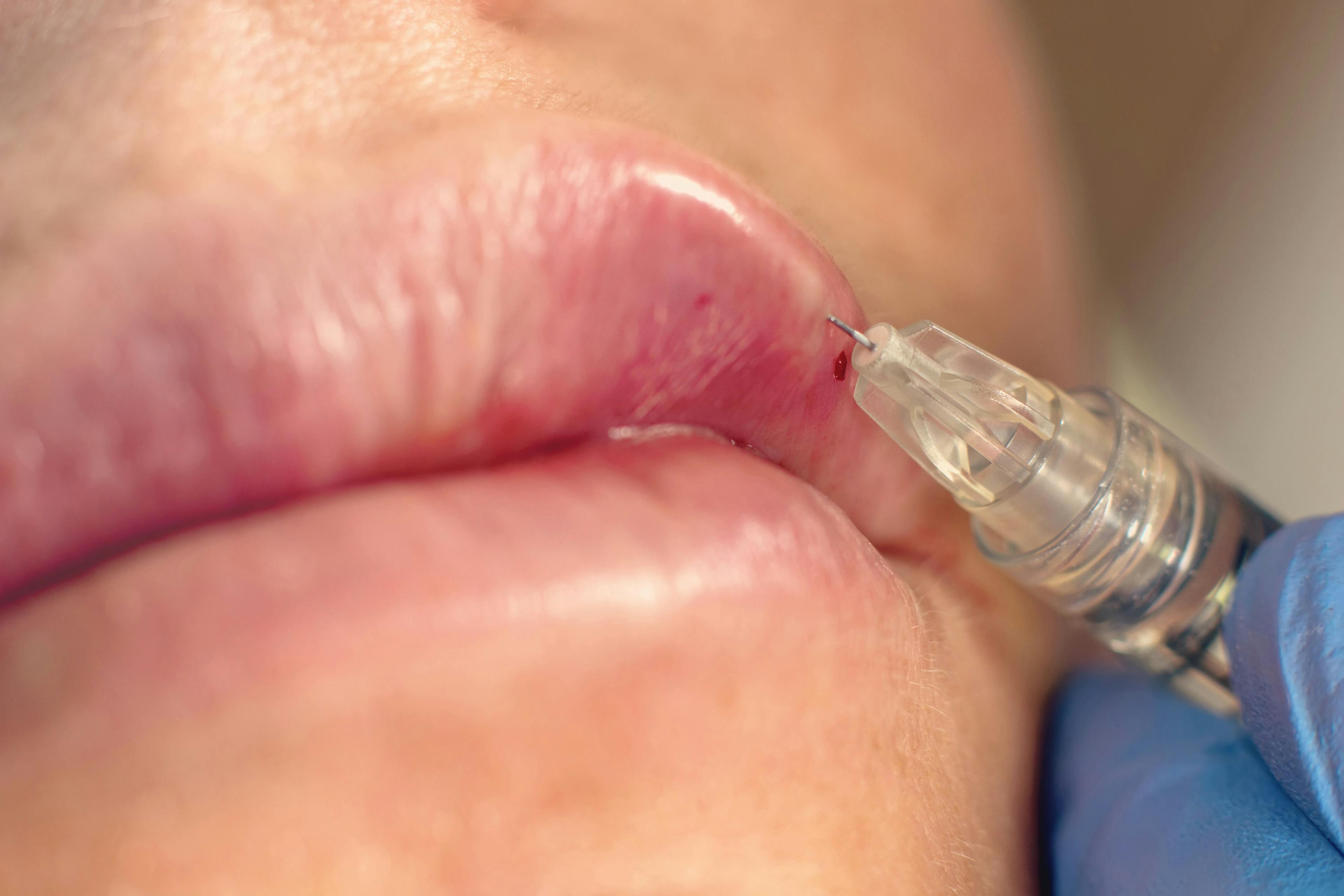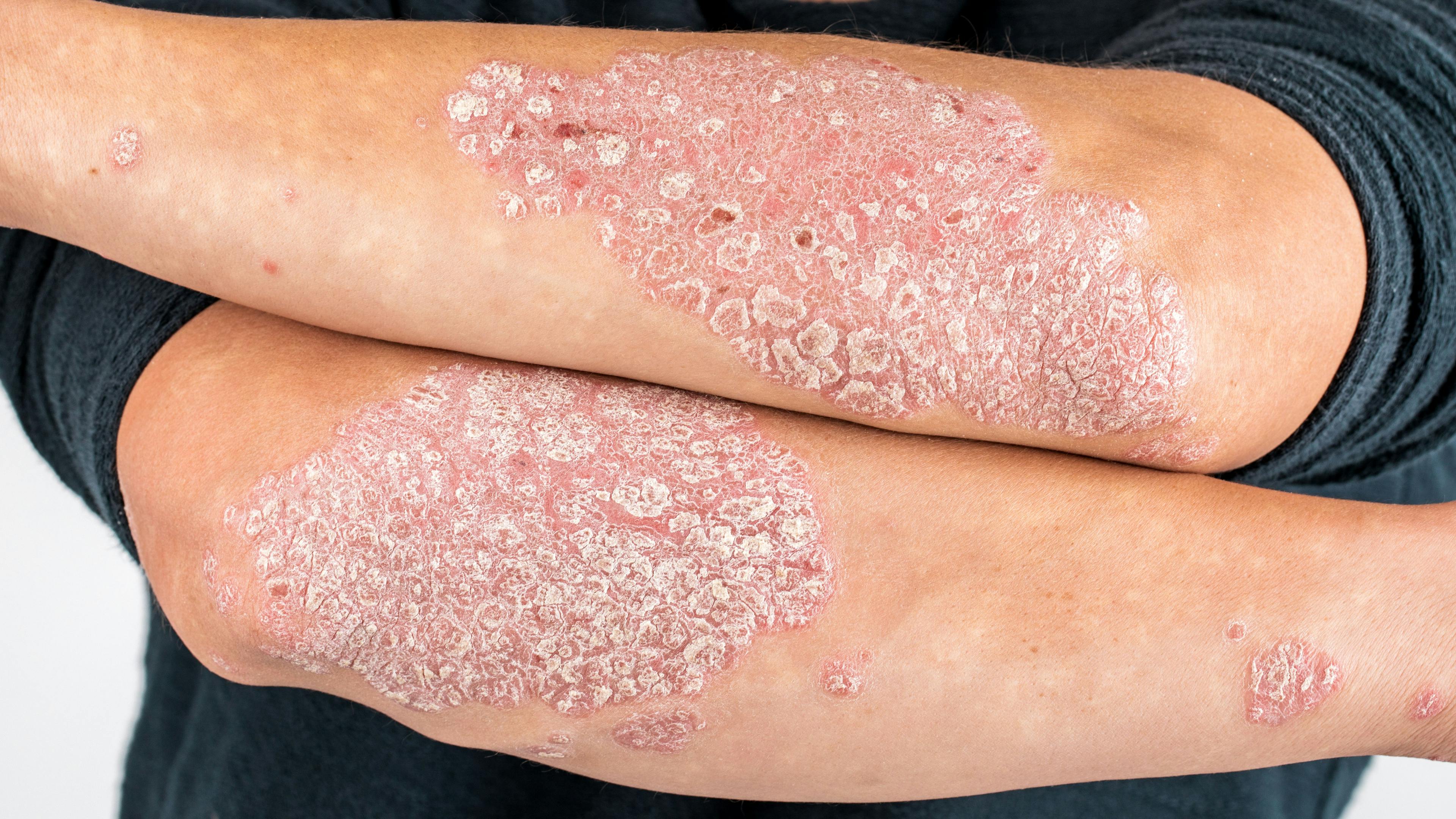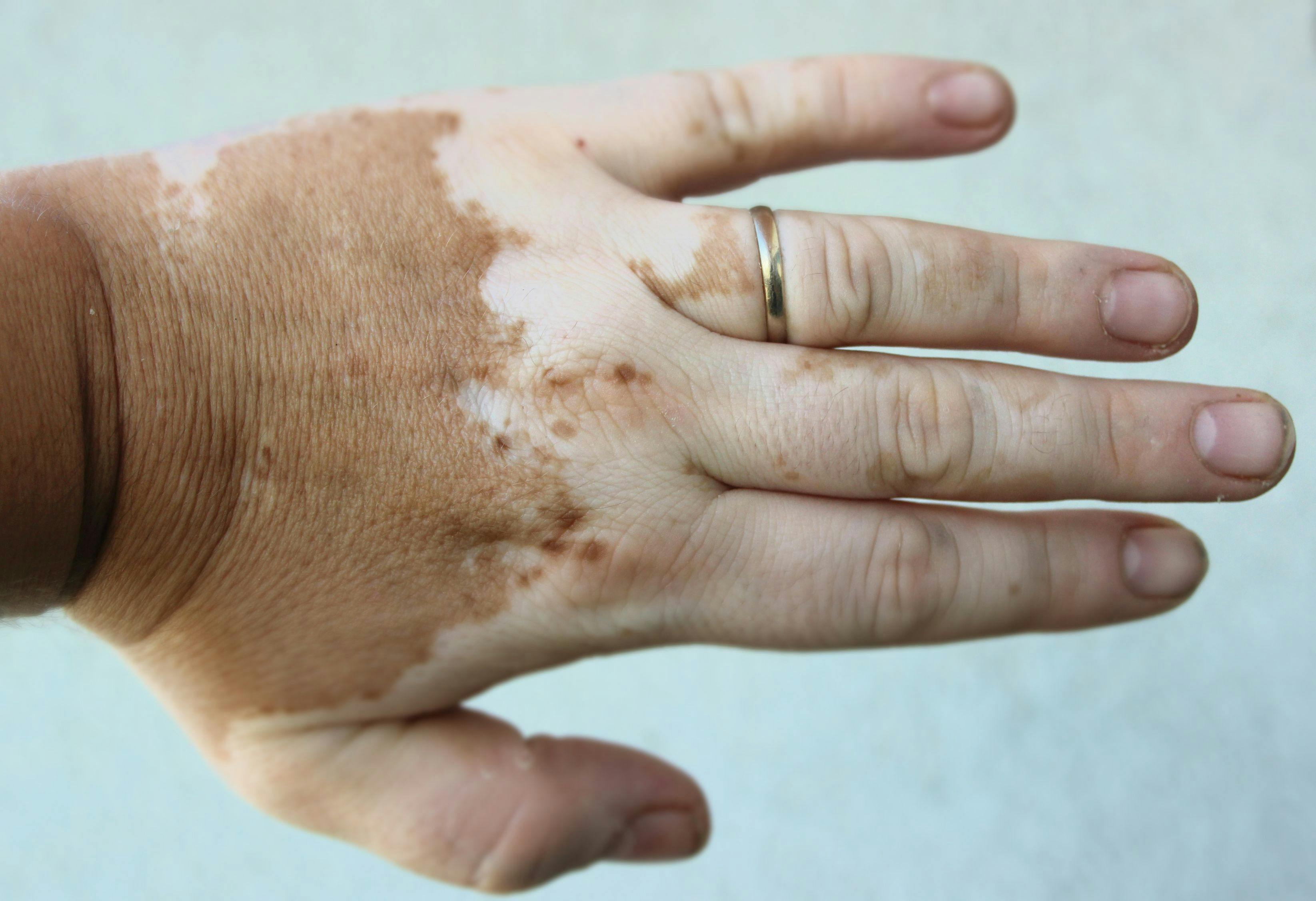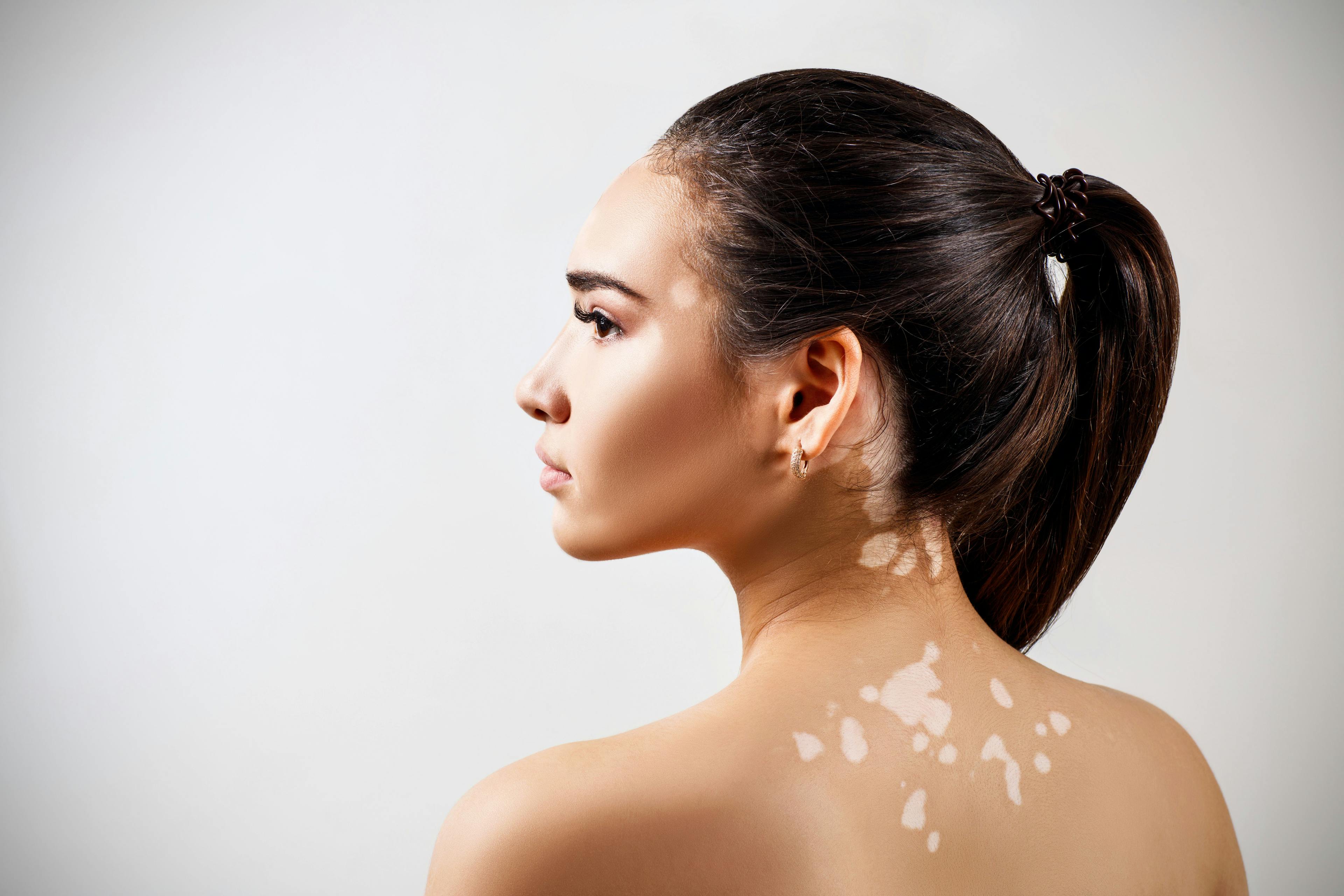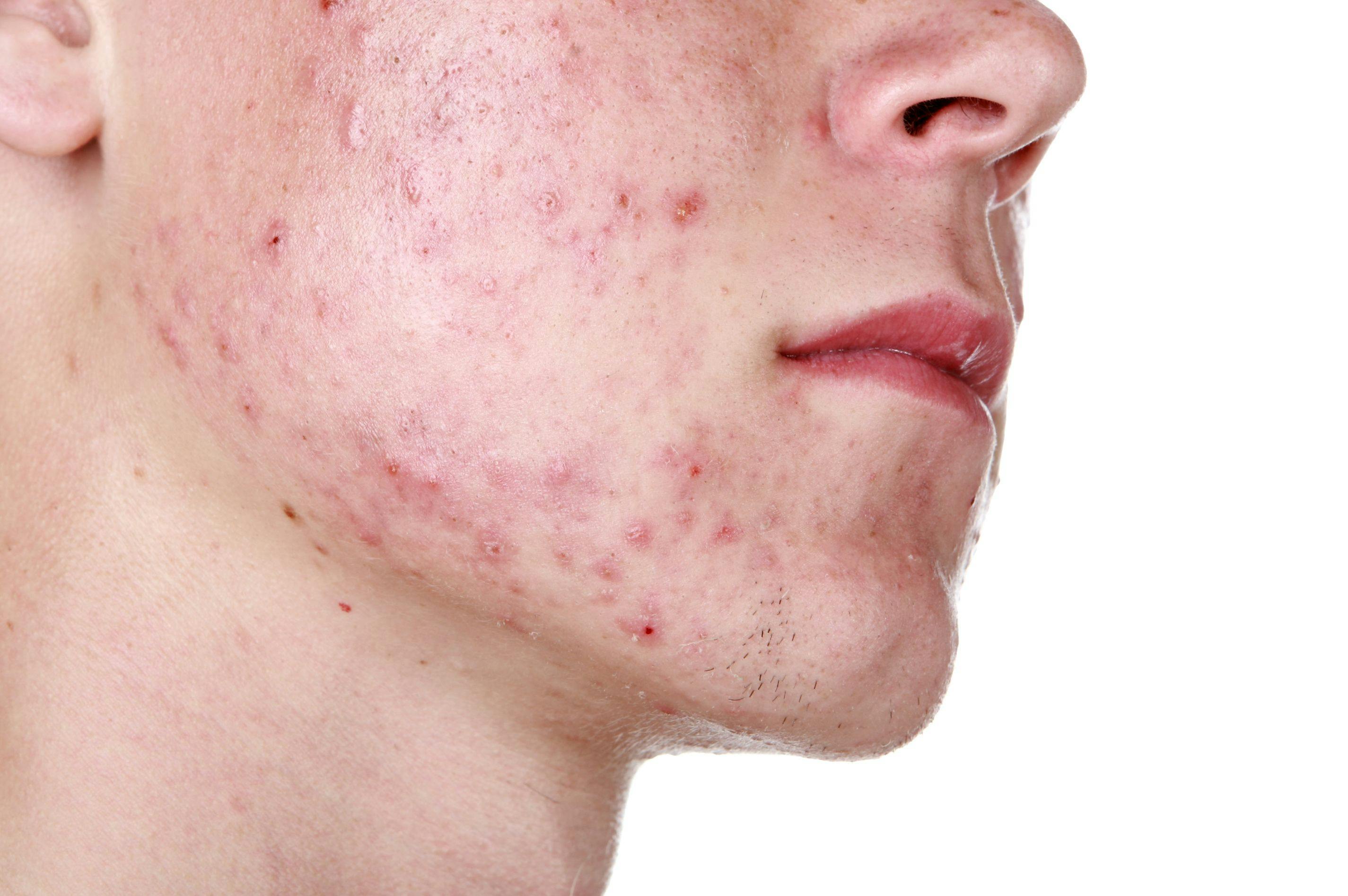- Acne
- Actinic Keratosis
- Aesthetics
- Alopecia
- Atopic Dermatitis
- Buy-and-Bill
- COVID-19
- Case-Based Roundtable
- Chronic Hand Eczema
- Chronic Spontaneous Urticaria
- Drug Watch
- Eczema
- General Dermatology
- Hidradenitis Suppurativa
- Melasma
- NP and PA
- Pediatric Dermatology
- Pigmentary Disorders
- Practice Management
- Precision Medicine and Biologics
- Prurigo Nodularis
- Psoriasis
- Psoriatic Arthritis
- Rare Disease
- Rosacea
- Skin Cancer
- Vitiligo
- Wound Care
Publication
Article
Dermatology Times
Nail Problems? Easy Solutions
Author(s):
In this month's Cosmetic Conundrums columns, Zoe Diana Draelos, MD, reveals how to solve tricky nail problems.
It is common for patients to seek dermatologic assistance for nail problems. Usually, these issues come up at the end of a visit addressing another presentation. Time is precious, so the problems need to be solved efficiently. Here are easy solutions to common nail-related problems that require OTC products patients can readily purchase.
Hangnails on the fingernails
Hangnails on the fingernails are painful and perplexing. They usually begin as a sliver of nail that is separated from the main plate due to nail dehydration. The best hangnail prevention is nightly moisturizing of hands and nails with a glycerin-based hand cream (Norwegian Formula Hand Cream; Neutrogena). Glycerin is an excellent humectant, functioning like a sponge to hold water and prevent the nail plate from cracking. Once cracking has occurred, it is best to take a sharp pair of nail scissors and trim the nail as close to the skin as possible, and then apply the glycerin-based hand cream as many times a day as possible to prevent further cracking.
Prevention of onychomycosis spread to toenails
Common in mature adults, onychomycosis usually begins on one toenail and spreads to the others. Prevention is key while undergoing topical or oral treatment. The easiest way to prevent spread is to fill a small eyedropper bottle with distilled white vinegar. Vinegar is an acetic acid with a very low pH. One dropperful under each toenail nightly will expose any fungal organisms to an acidic environment and kill them. This treatment can also be used for toenails that have an early infection involving a little of the distal nail, where the vinegar can acidify the nail environment. More advanced mycotic infection that cannot be reached with liquid vinegar will not respond; however, the technique is very effective for prevention of spread or recurrence after onychomycosis therapy.
Difficulty trimming thick toenails
Thick toenails that cannot be cut with traditional nail scissors are a problem in mature adults. A visit to a podiatrist may be in order; however, a prescription of a salicylic acid gel traditionally used in psoriasis (Keralyt 5 Gel; Summers Laboratories) may be helpful. The gel should be placed over the toenail surface only, avoiding the surrounding skin, then covered with a piece of plastic wrap and held in place overnight with masking tape. The wrap should be removed in the morning, and the acid washed away. The treatment should be repeated nightly until the nail surface becomes white and soft. The toenail can then be scraped with a pumice stone until enough nail is removed so that it can be cut with a pair of nail scissors. Usually, it takes about 2 weeks of nightly salicylic acid application to achieve a good clinical result.
Thick skin surrounding the toenails
Thick skin around the toenail can be unsightly and difficult to trim without causing injury. A urea-containing cream (Eucerin UreaRepair Plus 30%; Beiersdorf) applied nightly to the peri-nail skin can soften it so that it can be scraped away with a fingernail. Urea digests the built-up keratin, increasing the water-binding capacity of this nonliving protein. This is why the skin tends to turn white as water uptake increases. The water softens the keratin, allowing easier removal and decreasing the chances of creating a wound.
Ridged great toenails
Horizontal toenail ridges are usually caused when the great toenail hits against the toe box of the shoe. This can happen because the shoes at are too small, or too loose around the heel, thus allowing the foot to move forward and hit the toe box. Identifying the problem for patients and modifying shoes by either going up half a size or placing a cushion inside the heel counter to take up the extra space is important to prevent further ridging but will not remove ridges already present. They can be smoothed slightly, depending on depth, by using a mechanized nail buffer. Care must be taken not to overthin the nail.
Cracked fingernails
Cracked or torn fingernails are painful, especially when the damage occurs while the nail is attached to the nail bed. A torn nail can be temporarily mended by applying a thin layer of super glue over the tear and pressing a piece of tea bag paper into the glue. Tea bag paper is obtained by cutting open a tea bag and removing the tea. The paper can then be cut to the required size. A second layer of super glue should be applied over the paper and allowed to dry. This will prevent the nail from further trauma and allow it to heal. The paper and glue will eventually fall off with hand washing or grow out as the nail grows. This repair is easy to perform as it uses materials found in a typical household.
Ingrown toenail prevention
Ingrown toenails can be prevented. The first step is to be sure the patient is not wearing shoes that are too narrow or too tight. The second is to prevent the corner of the nail from growing into the peri-nail skin. This can be accomplished by taking a pair tweezers and pulling out a piece of cotton from a cotton ball the size of a small green pea (3 mm). The cotton ball can then be pushed under the corner of the previously ingrown nail to elevate it. This elevation will prevent the nail from continuing to grow inwards. The cotton ball may fall out in time and need to be replaced.

Newsletter
Like what you’re reading? Subscribe to Dermatology Times for weekly updates on therapies, innovations, and real-world practice tips.


